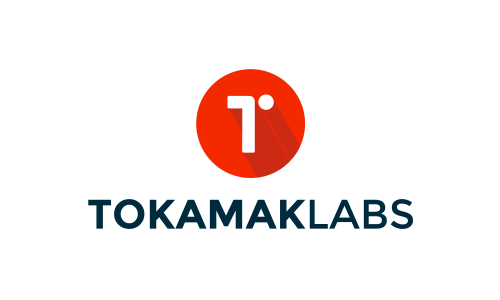GNOME has seen a number of initiatives to improve testing over recent years and the project is in the best position to see further improvements. Automated testing, especially with the move to GitLab, is more effective than ever. Usability testing has seen a lot of work from Jim Hall and the design team. But what about the planning and organisation around delivering GNOME as a product?
I will discuss the theory and processes around planning testing for a product like GNOME with regular releases, using real life examples from Apertis and how they can be applied to applications and the GNOME desktop. I will discuss the pros and cons of different approaches and how to decide what you should be using.






























